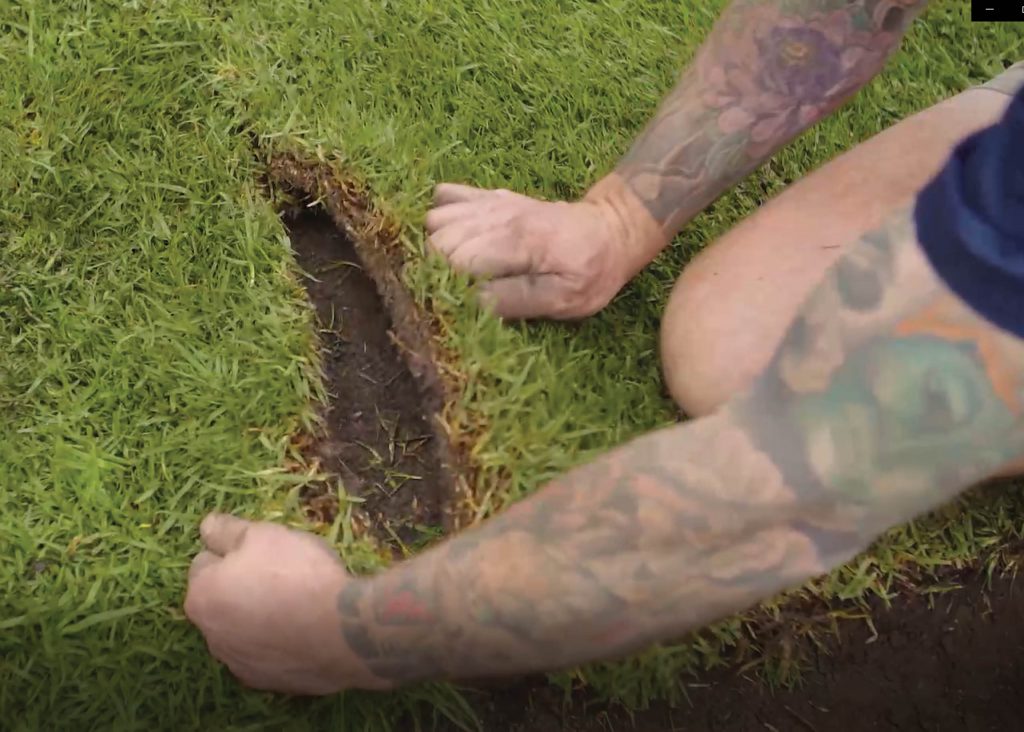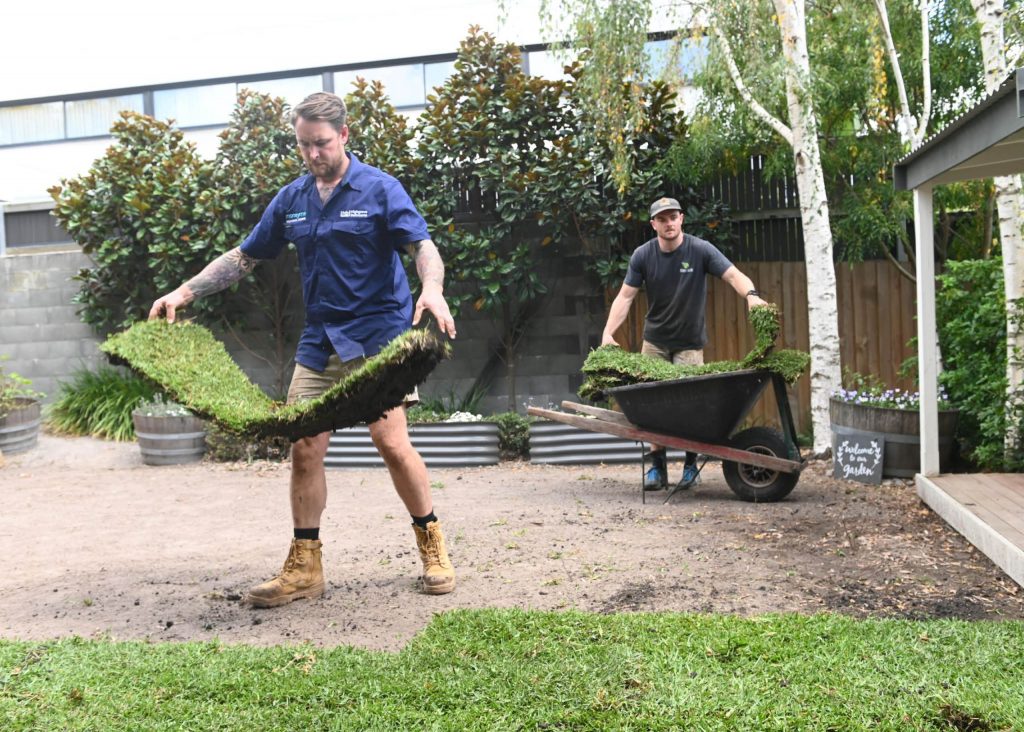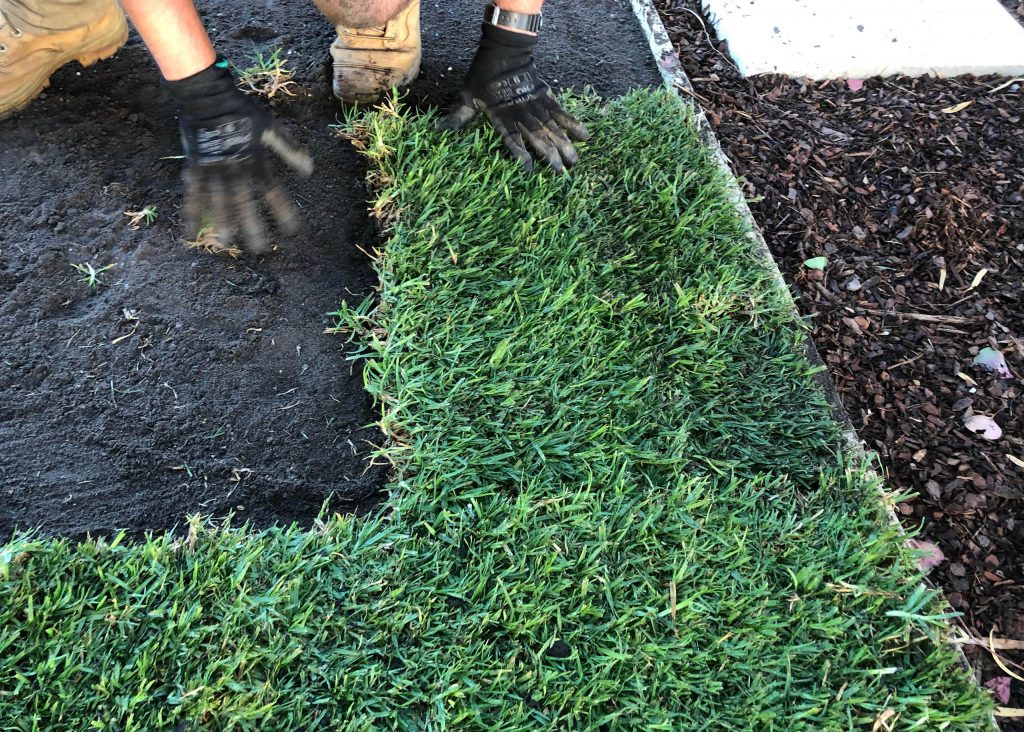How to Get Rid of Bahia Grass (Paspalum) in Your Lawn
One of the toughest grassy weeds to control in home lawns across Australia is ‘Paspalum’ (Paspalum notatum) which is an aggressive grower that’s also incredibly resilient ...

 It can be tempting to consider plonking a brand new lawn on top of the ratty old one you want to hide.
It can be tempting to consider plonking a brand new lawn on top of the ratty old one you want to hide.
After all, builders are known to put new tiles, carpet and vinyl over existing layers of floor coverings and house painters rarely sand off all the paint layers before applying a fresh coat or two.
But there are pros and cons to taking this kind of approach with turf.
If parts of your lawn are looking sad or worn out, it’s best to work out why before you rush out and buy new turf.
Think about potential problems such as poor drainage, hollows, compacted soil, thatch build-up and how much sun, shade and TLC your lawn receives.
If those issues aren’t addressed first, they’ll continue to be a problem for the new grass, especially if you put down a variety that’s not suited to the site.
Putting the wrong grass variety in the wrong place is guaranteed to give an inferior result.
Make sure you take into account factors such as lawn size, shade and sun tolerance, resistance to wear and weeds, drought and salt tolerance, maintenance, colour and budget.
The Ultimate Turf Buyers Guide has tips for choosing turf varieties.
 You might think dropping new turf on top of the old grass will save time on preparation and give you a lush new lawn sooner. It won’t.
You might think dropping new turf on top of the old grass will save time on preparation and give you a lush new lawn sooner. It won’t.
You’ve probably heard the Five Ps: Proper planning prevents poor performance. Nowhere is this more true than when preparing to lay turf.
The results from laying new turf over old grass can be short-lived and you’ll more than likely have to redo the job after the new grass dies off.
If time is of the essence, consider having your turf professionally installed. Many landscapers and turf suppliers also offer site preparation services.
See above – Preparation is key to getting the best result. Skimping on site prep to save money can be more costly in the long run, if the new grass is unable to properly put down roots and dies off.
If your budget is very tight, you might be better off renovating the lawn. This involves scarifying thick, spongy areas – removing the build-up of thatch in Couch and Kikuyu lawns and thinning out the root zone – aerating and top-dressing. These are all things you can do yourself without spending a lot of money, but like any project it will take time to see the results.
Also see above.
Lifting old vegetation off the lawn will remove weeds, diseased grass and pests that live in the root zone.
Exposing the soil allows it to be fluffed up with a rotary hoe. Humps and low spots can also be levelled, and drainage improved with a layer of sand, followed by good quality topsoil and a starter fertiliser.
This gives your new turf the best chance at establishment.
 If you’re determined to go ahead with this project and you’ve chosen the right variety for your location and site, here’s a few suggestions:
If you’re determined to go ahead with this project and you’ve chosen the right variety for your location and site, here’s a few suggestions:
.